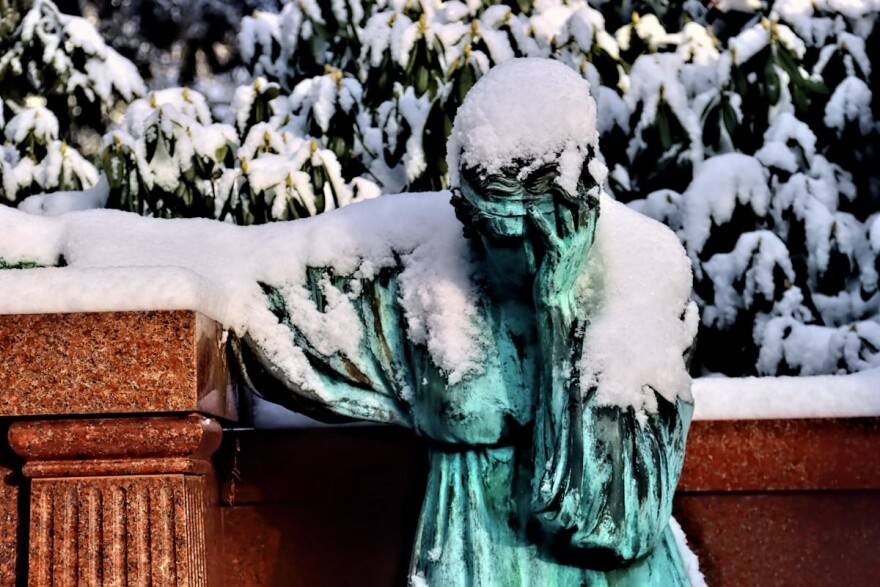As we plod through the darkest days of the year, some of us may experience feelings of irritability, anxiety, persistent fatigue, even hopelessness. Seasonal Affective Disorder-- or SAD-- is a type of depression that shows up this time of year.
Because winter-pattern SAD is so prevalent in the Pacific Northwest, therapists like Samantha Martínez in Eugene have a variety of treatments to recommend. She said one option is light therapy, essentially when a patient looks at a “happy light.”
“You’re allowed to sit in front of a very bright light box for about 30 to 45 minutes,” Martínez said, “and it gives you some of the extra light that you are lacking.”
Maybe you’ve experienced anhedonia, the clinical term for a loss of interest or pleasure in hobbies and activities? Martínez, who is a bilingual therapist and a trainer at Oregon Mind Body Institute, said psychotherapy or talk therapy can help people identify new ways of thinking or behaving, including through use of cognitive behavioral therapy (CBT) in group sessions.
CBT specifically uses a process called Behavioral Activation which can help people identify and schedule pleasant, engaging, indoor or outdoor activities to offset the loss of interest that they feel. In other words, Martínez explained, “it’s being able to intentionally identify activities that allow us to experience and appreciate the light while it’s out there.”
Besides mental and emotional symptoms, the disorder can also affect us physically with experiences like body aches and pains, headaches and digestive issues.
Martínez said regular exercise, meditation and gratitude recognition can help abate SAD symptoms. So can anti-depressant medications and Vitamin D supplements.
"Winter-pattern SAD shouldn't be confused with 'holiday blues' or feelings of sadness or anxiety brought on by stresses at certain times of the year," Martínez said. "The depression associated with this disorder is related to changes in daylight hours, not the calendar."
Martínez wants to remind people that our bodies have the ability to tolerate a higher degree of stress when we understand it is for the short term. “Knowing that we will eventually cycle back to having seasons that are full of light and that this is not a forever experience,” she said.



